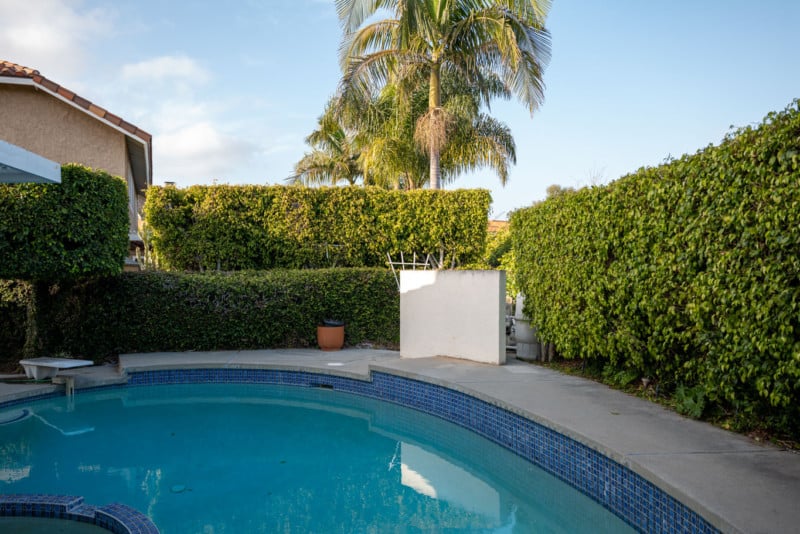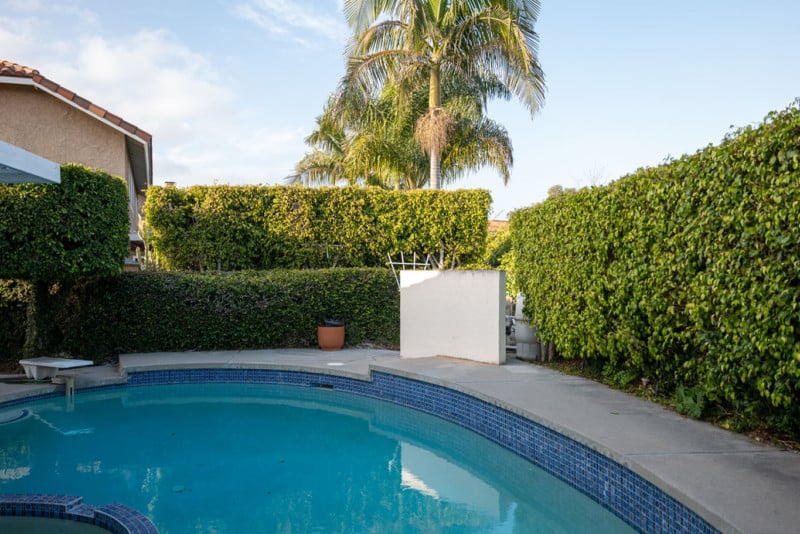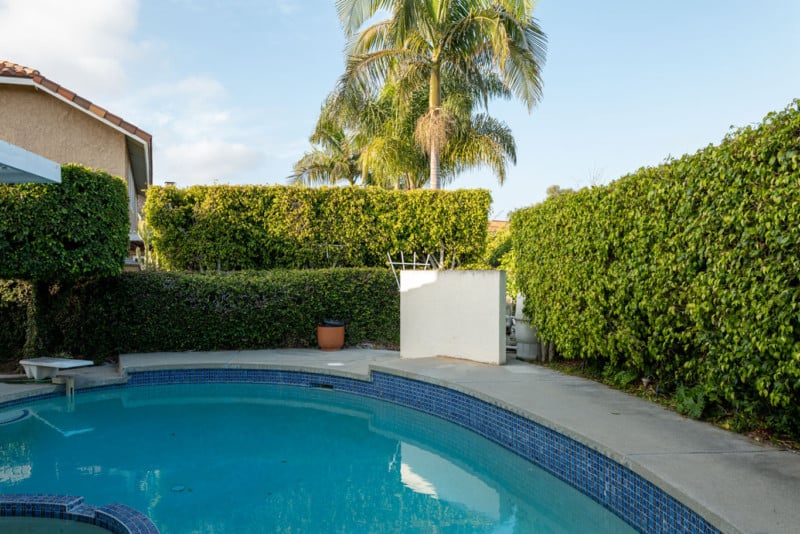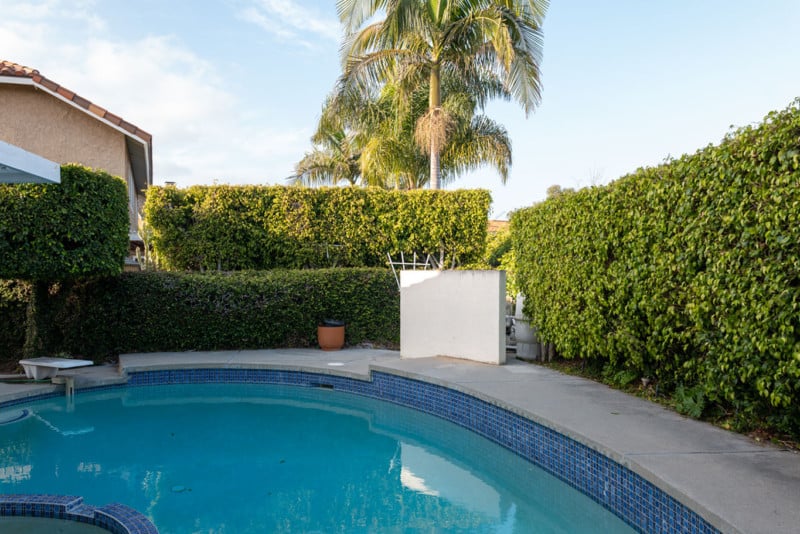Leica 24-70mm f/2.8 Versus Sigma 24-70mm f/2.8: Is There a Difference?
![]()
While reviewing the Leica 24-70mm f/2.8, I was able to spend some time with a lens from Sigma that has been accused of being the exact same lens in a rehoused body. But is it?
Editor’s note: The following evaluation is meant to be viewed after reading the full review of the Leica 24-70mm f/2.8, as most of the information below focuses on showing how the Sigma lens performs in comparison to those results and is written from the assumption that readers have familiarized themselves with the same assessment of the Leica lens.
Special thanks to LensRentals for providing the Sigma 24-70mm f/2.8 DG DN for the purposes of this comparison.
Side by side, the Leica Vario-Elmarit-SL 24-70mm f/2.8 ASPH lens is very similar to the Sigma 24-70mm F2.8 DG DN Art Lens: the focus and zoom rings appear to be practically identical. The main visible differences lie in the shape and material of the lens hoods, the shape of the barrel near the lens mount, the presence of an AF/MF switch that is only found on the Sigma, and the solid metal material that is unique to the Leica.
![]()
As mentioned in the Leica 24-70mm review, when using the Leica lens on a Leica system, you can simply override the autofocus by adjusting the manual focus ring which arguably removes the need for the AF/MF toggle switch. Even if the optics are the same as both lenses, the Leica version does have a slight advantage in the durability department that comes from having a metal housing, but that makes it slightly heavier than the Sigma version as a result.
![]()
![]()
![]()
![]()
The Sigma lens weighs about 100 grams less than the Leica version, and while this isn’t really a significant difference, it does at least seem noticeable when hand-holding the camera, since the system is just that much less front-heavy. As for the comfort and ergonomics, both feel very much the same. Sleek, responsive, smooth to the touch, with both versions of the lenses focus and zoom rings responding at nearly identical speeds.
Visually, it does feel like more of the “status symbol” when shooting with the Leica Vario-Elmarit-SL version mounted versus the more subtle Sigma lens. Even though the camera was always the Leica SL-2, the system as a whole felt less flashy when I used the Sigma Art lens. There is just something about seeing the yellow text on the side of the lens that stands out.
![]()
![]()
![]()
Before We Test…
To test these lenses, I used a Leica SL-2 and found that, effectively, the images from both of these lenses were incredibly similar to one other, but there were some noticeable performance differences when using the Sigma lens on the Leica SL-2 body that I will get to in a moment. It is also worth noting that for the purpose of this comparison, no lens-profile adjustments were made to the images shown in this post, so the corner behavior can be plainly seen from lens to lens. I also want to mention that in my testing, simply applying the lens profile for the Sigma lens in post-production makes the RAW images look nearly identical to one another.
![]()
![]()
Performance and Bokeh
As far as image quality, colors, and sharpness are concerned, both lenses perform incredibly well with nearly identical images coming out of each lens. Where they differ, however, is most noticeable while actually shooting. While the autofocus on the SL-2 is nowhere near as fast as the new generation of mirrorless systems From Nikon, Sony, or Canon, there is a significant performance difference between each of these lenses on a Leica camera.
For instance, if for example, an autofocus task were to take 0.5 to one second to lock on to an object with the Leica lens, the Sigma lens would take 1.5 to 2.5 seconds in the identical situation. This behavior was consistent regardless of the environment or lighting.
The images all came out sharp and clean in both cases, but the time to autofocus with the Sigma lens always took noticeably longer. On a Leica SL-2, this delay made using the Sigma version almost unusable when I attempted to shoot a moving subject wide open.


I also noticed that the camera was slower to boot up when I used the Sigma lens versus the Leica lens, which leads me to believe these issues are caused by firmware that could, theoretically, be adjusted by Leica in the future. Additionally, the Sigma lens does have very noticeable distortion and vignetting present (on the wide focal lengths) in the RAW files when compared to the same shots using the Leica lens. These issues are quickly and easily removed with the built-in lens profiles in editing applications like Capture One and Adobe Lightroom, but the issue definitely stands out when you compare the RAW files side by side.


While the bokeh patterns appear very similar between the Leica and Sigma lenses, what is also apparent is that there is a difference in the “bokeh zone” between these two lenses. Below is an example of a photo shot at the minimum focus distance at f/2.8 with both lenses with the (camera left) eye as the focal point. You may notice the Sigma lens is a little more front-focused.


Beyond this short list of differences, as noted the lenses are otherwise quite similar.
Additional Sample Images










Strengths and Weaknesses
Both of the lenses score well in the overall image quality department in my opinion. However, the Leica outperforms the Sigma lens significantly in autofocus speed on the Leica SL-2 system. This is probably not an issue that extends beyond Leica camera bodies, though. Even though both lenses have “slower” autofocus performance than other full-frame mirrorless systems on the market, if speed is important to you, then the Leica version is definitely the winner here if you plan to use it on a Leica camera.
If you use these lenses on an L-mount system other than Leica, the ability to quickly change the AF/MF mode using the button(s) on the Sigma lens is a definite advantage.
One thing is clear though: as much as the optical formula appears to be the same on both lenses, they certainly have some notable differences that make it difficult to label the Leica just a “rehoused” Sigma. While optically identical, there are other factors to consider.
Sigma Strengths
- Slightly less weight
- Costs significantly less money than the Leica lens
- More subtle than the Leica lens for travel/street photography
- AF/MF, Lock, and programmable button available on the Sigma lens
Leica Strengths
- Leica’s metal lens looks and feels better than the Sigma plastic version
- “Lens Profile” seems to be applied automatically with the Leica system
- Looks and feels more professional than Sigma version
- Works better on Leica cameras
The Same, But Different
Over the course of testing these lenses, other than the physical differences (since we can compensate for the vignetting in post quickly), the only real variations between these lenses seem to be the prices and the autofocus speed performance on Leica cameras. Another big difference is the price: the Sigma 24-70mm F2.8 DG DN Art Lens for Leica L is available for just $1,099 while the Leica Vario-Elmarit-SL 24-70 f/2.8 ASPH Lens is $2,795. If you’re shooting on Leica, that might be worth it for superior autofocus speed. Everyone else will find very few reasons to select the Leica over the Sigma, especially when the latter is available for almost three times less.
The Verdict
While the Sigma lens may have a few additional features with the AF/MF switch and button, the lenses have basically the same performance. Optically speaking, the images are nearly identical with only very subtle differences when shot at the lens’s respective focal and aperture extremes, so you won’t be making a bad choice either way. In the end, you’ll just have to make your decisions based on personal preference, the intended use of the lens, and how much you want to spend.